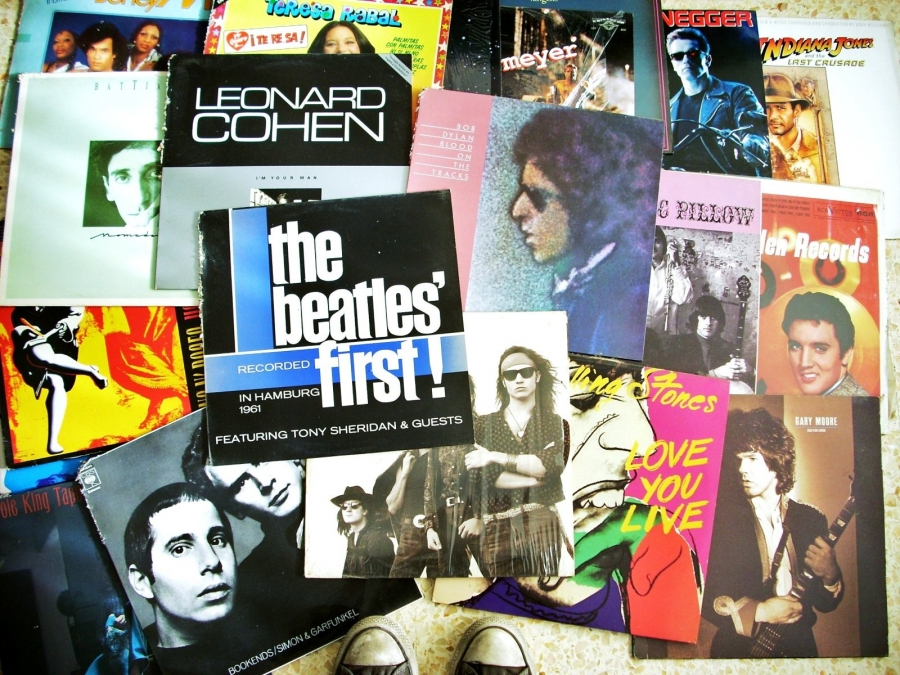
Blending genres in music has become a popular trend, allowing artists to create unique, fresh sounds that transcend traditional boundaries. From rock infused with hip-hop elements to jazz combined with electronic music, genre-blending challenges conventions and opens new creative possibilities. However, blending genres successfully requires more than just merging two distinct styles—it involves a deep understanding of each genre’s characteristics, thoughtful experimentation, and a clear artistic vision.
This guide will walk you through the steps to blend genres in your music, covering techniques, key considerations, and examples of successful genre fusion to inspire your creative process.
1. Understanding the Genres You Want to Blend
Before you can blend two or more genres, it’s important to have a solid understanding of each one. Every genre has its own set of characteristics, including rhythm, melody, instrumentation, and production techniques. Understanding these foundational elements will help you identify which aspects of each genre complement each other and how you can weave them together.
Key Components to Analyze
- Rhythmic structure: How does each genre handle rhythm and groove? For example, hip-hop often features syncopated drum patterns, while classical music focuses on more structured, flowing rhythms.
- Melodic and harmonic content: Are the melodies simple or complex? Does the genre favor major, minor, or modal scales? Pop melodies might be catchy and repetitive, while jazz relies on more intricate, improvisational lines.
- Instrumentation: What instruments define each genre? Rock is typically built around guitars, bass, and drums, while electronic music uses synthesizers and digital sounds. Understanding the sonic palette of each genre helps you decide which elements to blend.
- Production style: Some genres rely heavily on studio production techniques, such as hip-hop’s sampling or electronic music’s use of loops and effects. Knowing these techniques will inform how you can layer different sounds and production methods together.
By dissecting these aspects, you’ll be better equipped to identify which elements work well in combination and where to experiment.
2. Identify Common Ground Between Genres
While blending genres, it’s essential to find commonalities between them. These shared aspects will serve as the foundation for a cohesive sound, making the fusion feel organic rather than forced.
Examples of Common Ground
- Shared instruments: If both genres frequently use a particular instrument, such as drums or piano, this can provide a common sonic base to build upon.
- Similar tempo or rhythmic feel: Genres with similar tempo ranges, like rock and reggae, can often blend well rhythmically. Even if they differ in feel, you can experiment with tempo adjustments to find a balance.
- Lyrical themes: Certain genres might share thematic concerns, such as social justice in both hip-hop and folk music. By uniting them around shared lyrical content, you can create a natural bridge between the genres.
- Production techniques: Many modern genres, from pop to trap, use similar production tools like Auto-Tune, side-chaining, or 808 kicks. Integrating these shared techniques can help different genres mesh smoothly.
Finding these connections will ensure that your blend is built on a solid musical foundation, rather than just juxtaposing two unrelated elements.

3. Respect the Integrity of Each Genre
While the goal of blending genres is to create something new, it’s important not to lose sight of what makes each genre unique. Respecting the core elements of each genre ensures that the fusion retains its identity, rather than becoming a chaotic mix of unrelated sounds.
Ways to Preserve Genre Integrity
- Keep signature elements intact: For example, if you’re blending jazz and electronic music, you might keep the improvisational nature of jazz intact while incorporating the atmospheric soundscapes and beats of electronic music.
- Balance the two genres: Avoid overwhelming one genre with the other. A 50/50 split may not always work, but be mindful of giving each genre enough space to shine.
- Maintain genre-specific rules selectively: Genres come with certain rules and expectations. For instance, blues has a specific chord progression (12-bar blues), while hip-hop is often structured around verse and chorus sections. While it’s okay to break some rules, maintaining key structural or melodic elements from both genres can make the blend more cohesive.
Preserving these genre-defining elements ensures that your fusion is both innovative and respectful of its roots.
4. Experiment with Instrumentation and Arrangement
One of the most effective ways to blend genres is by experimenting with instrumentation and arrangement. This involves taking instruments traditionally associated with one genre and applying them to another. For example, adding electric guitar riffs to a hip-hop track or using orchestral strings in a pop song can lead to exciting, unexpected results.
Tips for Experimentation
- Swap out traditional instruments: Replace or layer typical genre instruments with those from another style. For example, if you’re working on a country song, replace the acoustic guitar with a synthesizer for an electronic twist.
- Experiment with layering: Layer elements from one genre on top of another. For instance, you could take the chord progression and melody of a folk song but apply the heavy bass and rhythmic drive of a dubstep track.
- Try unconventional arrangements: Arrange a classical piece with rock instrumentation or introduce jazz improvisation into a standard pop format. The arrangement process is where much of the genre-blending magic happens.
The key to successful experimentation is to keep trying different combinations until you find a balance that feels both fresh and natural.
5. Use Technology and Production Techniques
The rise of digital music production tools has made it easier than ever to blend genres. From software instruments to plugins, technology allows artists to combine sounds from different genres in innovative ways.
Production Techniques to Explore
- Sampling: Borrow samples from one genre and repurpose them in another. Hip-hop producers have been using jazz, funk, and soul samples for decades to create genre-blurring tracks. Similarly, you could sample elements from classical music and place them in an electronic or rock context.
- Sound design: Use sound design tools, such as synthesizers, effects, and processors, to create textures that blur the lines between genres. For example, apply reverb or distortion to an acoustic instrument to give it an ambient or grunge-like feel.
- Hybrid beats and grooves: Create hybrid rhythms by combining drum patterns from different genres. You could mix a trap beat with the shuffle of jazz drums, or pair a reggae rhythm with electronic kicks and claps.
Digital production allows you to merge genres in subtle or bold ways, depending on how far you want to take the fusion.

6. Collaborate with Artists from Different Genres
One of the most organic ways to blend genres is through collaboration. Working with artists from different musical backgrounds can lead to creative breakthroughs, as each artist brings their unique perspective and expertise to the table.
Why Collaboration Works
- Fresh perspectives: Collaborators from different genres introduce new ideas that you may not have thought of on your own.
- Balanced fusion: Working with artists from different genres ensures that both genres are represented authentically, resulting in a more balanced blend.
- Skillset expansion: Collaboration can help you develop new skills, whether it’s learning new production techniques or incorporating different songwriting approaches.
Many successful genre-blending songs are the result of collaboration. Think of how Linkin Park fused rock and hip-hop with rapper Jay-Z on their Collision Course album, or how Daft Punk worked with Nile Rodgers to blend funk, disco, and electronic music on Random Access Memories.
7. Take Inspiration from Successful Genre Fusions
Looking to artists who have successfully blended genres can provide valuable insight and inspiration for your own work. Genre-blending is not a new concept—many artists have pushed musical boundaries by merging styles in innovative ways.
Examples of Successful Genre Blending
- Lil Nas X – “Old Town Road”: Blends country and hip-hop elements, combining twangy guitars with trap beats, resulting in a viral hit that crossed genre lines.
- Gorillaz – “Clint Eastwood”: Fuses alternative rock with hip-hop, incorporating rap verses over moody electronic production and traditional rock instruments.
- Billie Eilish – “bad guy”: Merges pop with minimalist electronic elements and hip-hop-inspired beats, creating a sound that defies conventional genre labels.
- Avicii – “Wake Me Up”: Successfully blends EDM with folk music, using acoustic guitar and country-style vocals over electronic beats.
These tracks showcase how innovative genre blending can lead to chart-topping hits while pushing the boundaries of what’s possible in music.
8. Be Open to Evolution
Blending genres is not always a linear process. As you experiment and create, you may find that your music evolves in unexpected ways. Be open to these changes and allow your sound to develop naturally. Sometimes, the best genre fusions come from happy accidents or moments of unexpected inspiration.

Conclusion
Successfully blending genres in your music requires a balance of creativity, technical skill, and a deep understanding of the genres involved. By identifying common ground, experimenting with instrumentation and production, collaborating with others, and studying successful genre fusions, you can create a sound that is both fresh and innovative. Blending genres not only allows you to break free from traditional musical boundaries but also offers a unique way to express your artistic vision and connect with a wider audience. Whether you’re combining rock with hip-hop, jazz with electronic, or any other combination, genre-blending opens up limitless possibilities for your music.
For more such content, keep visiting QAWire


